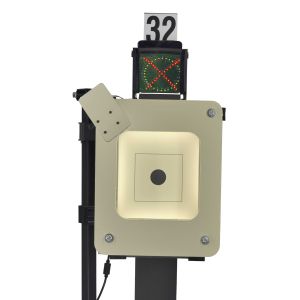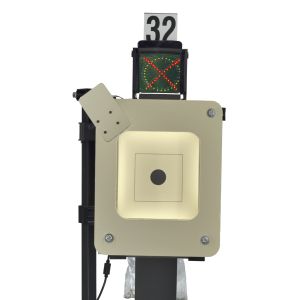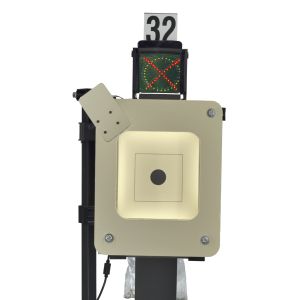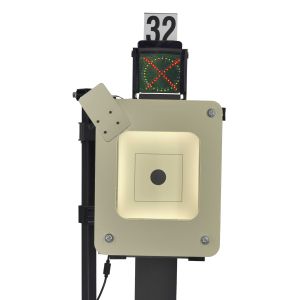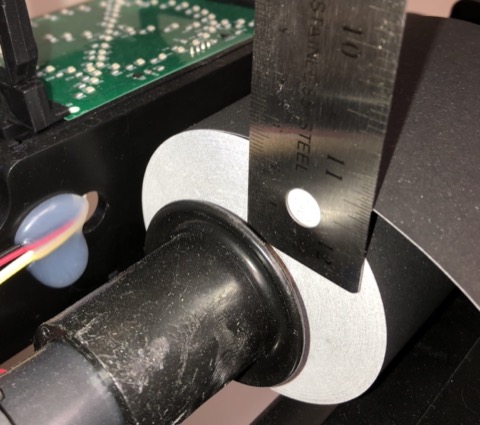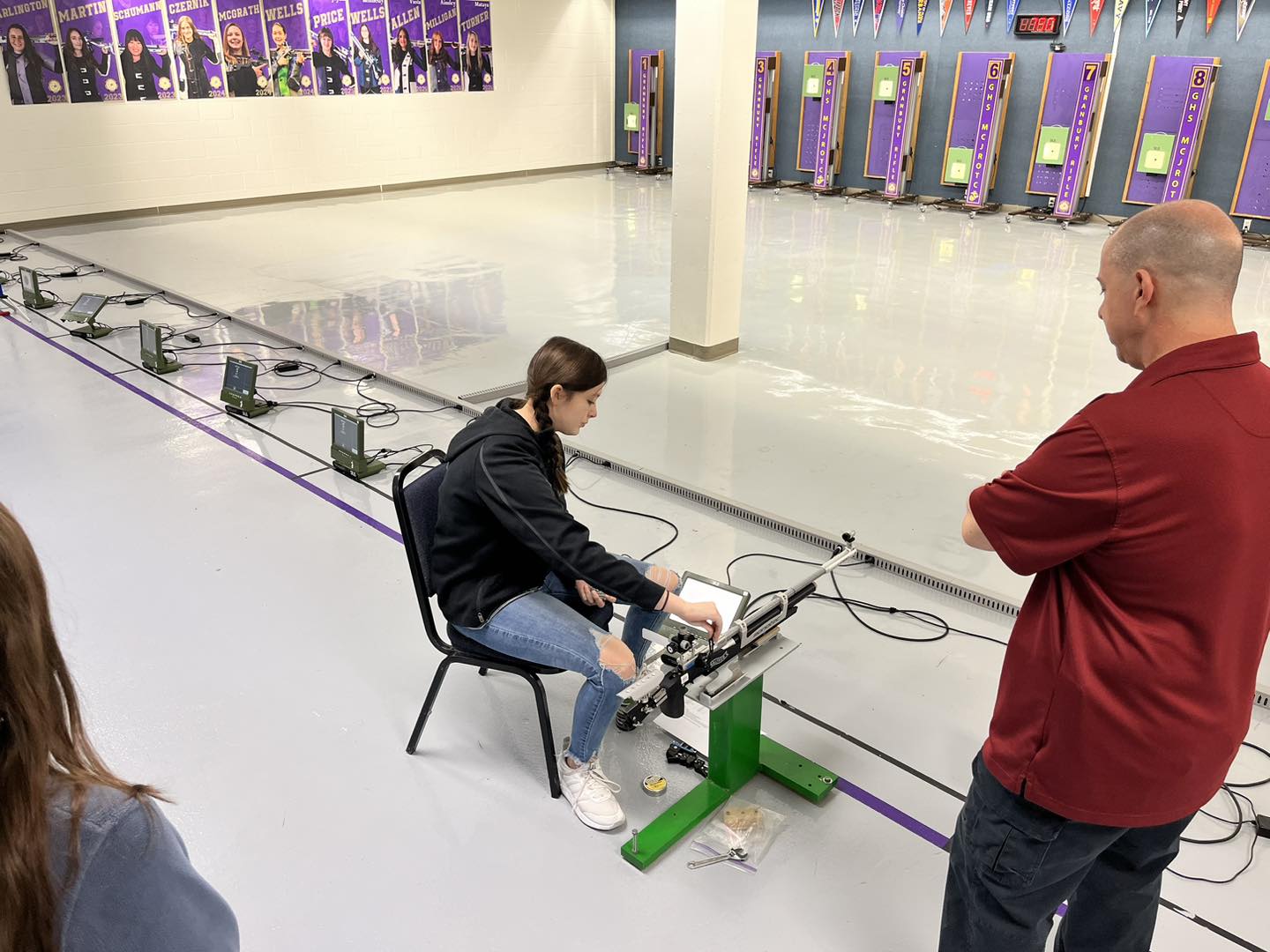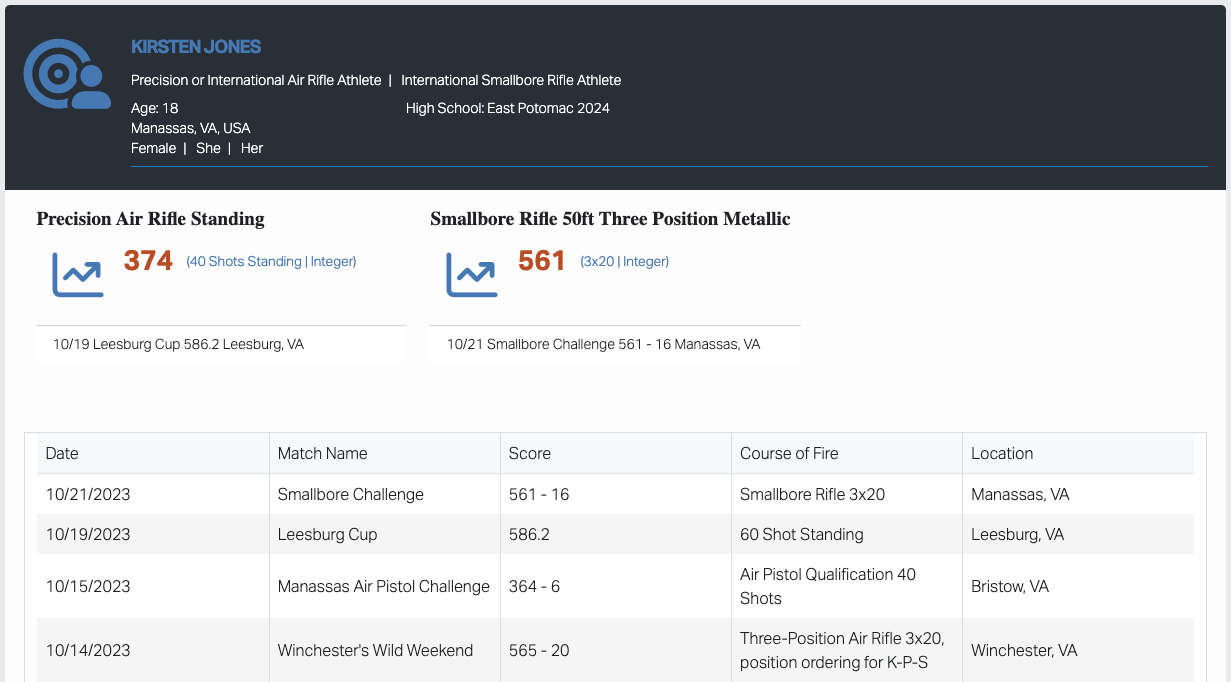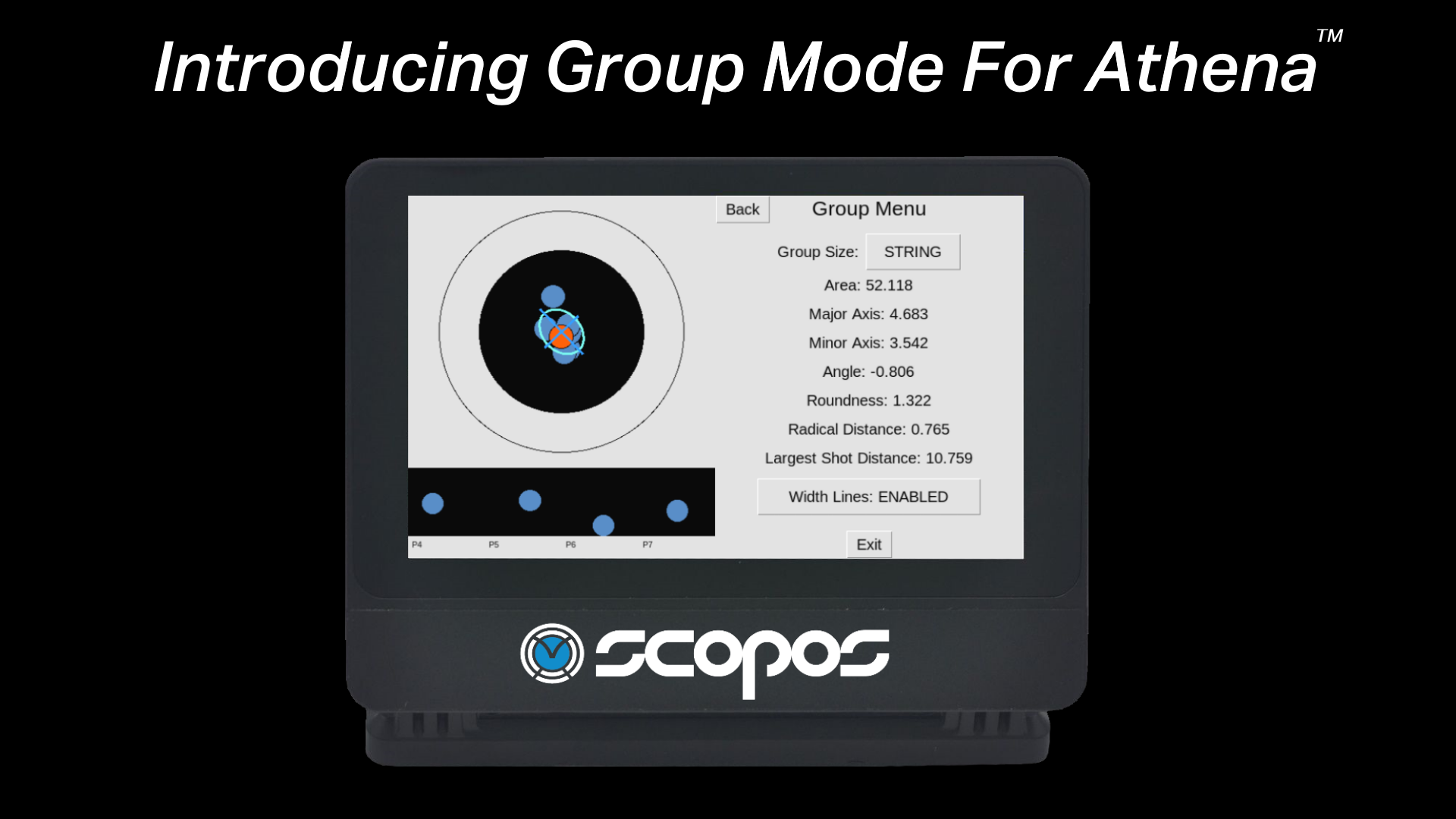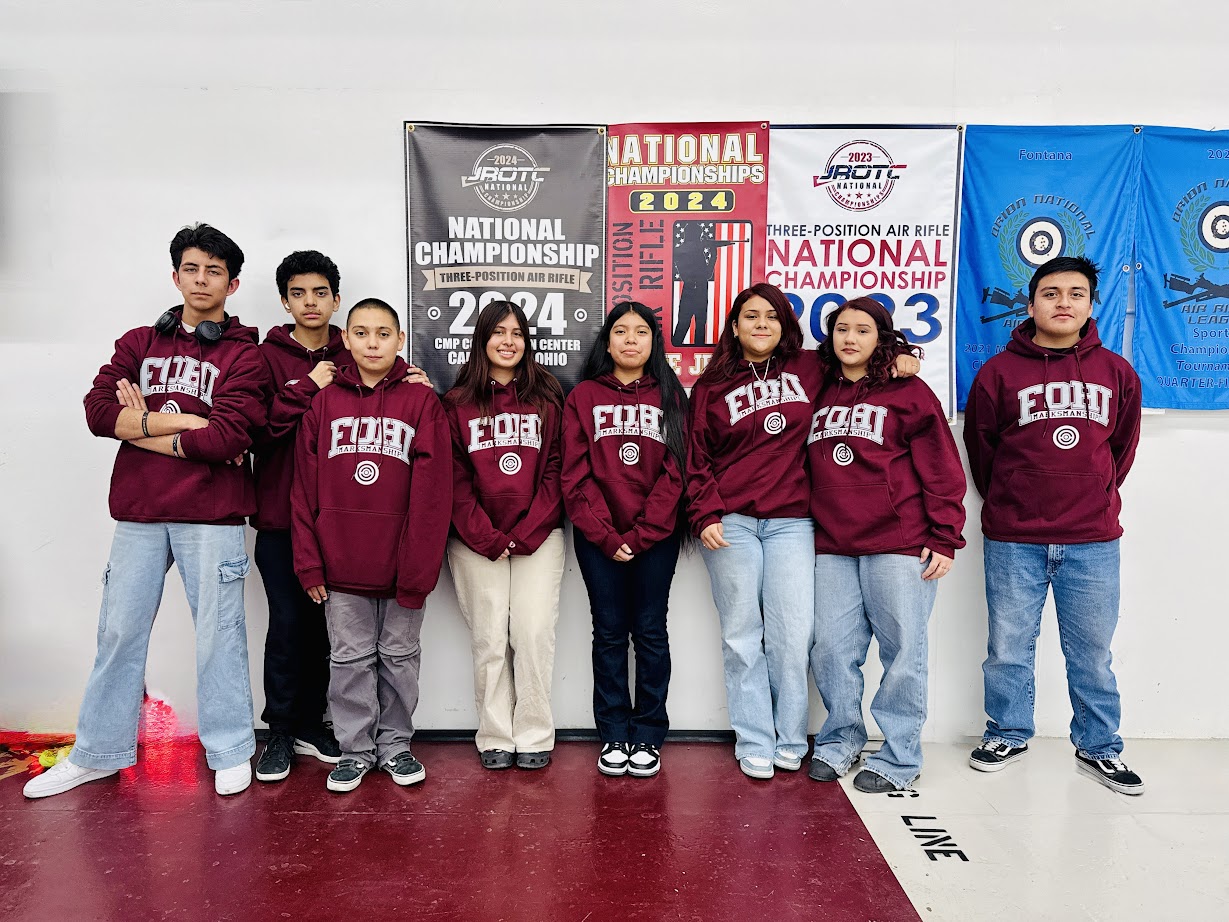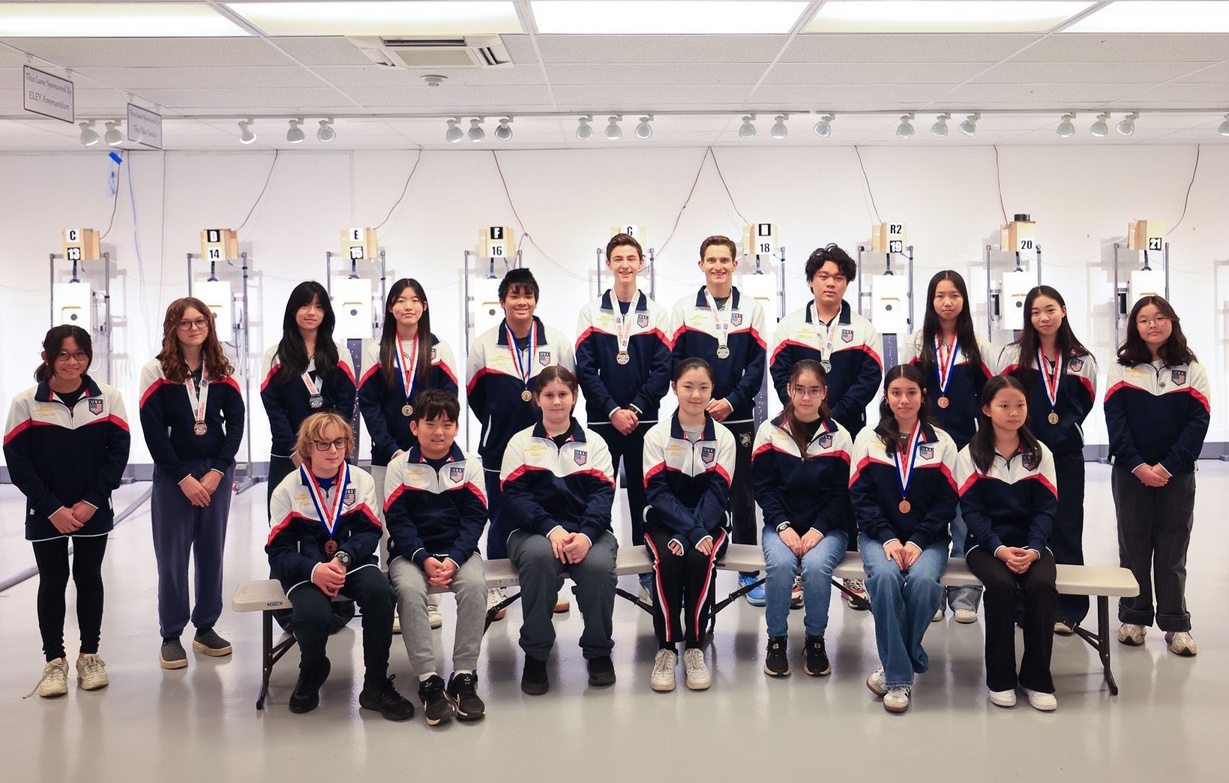We use cookies to make your experience better. To comply with the new e-Privacy directive, we need to ask for your consent to set the cookies. Learn more.
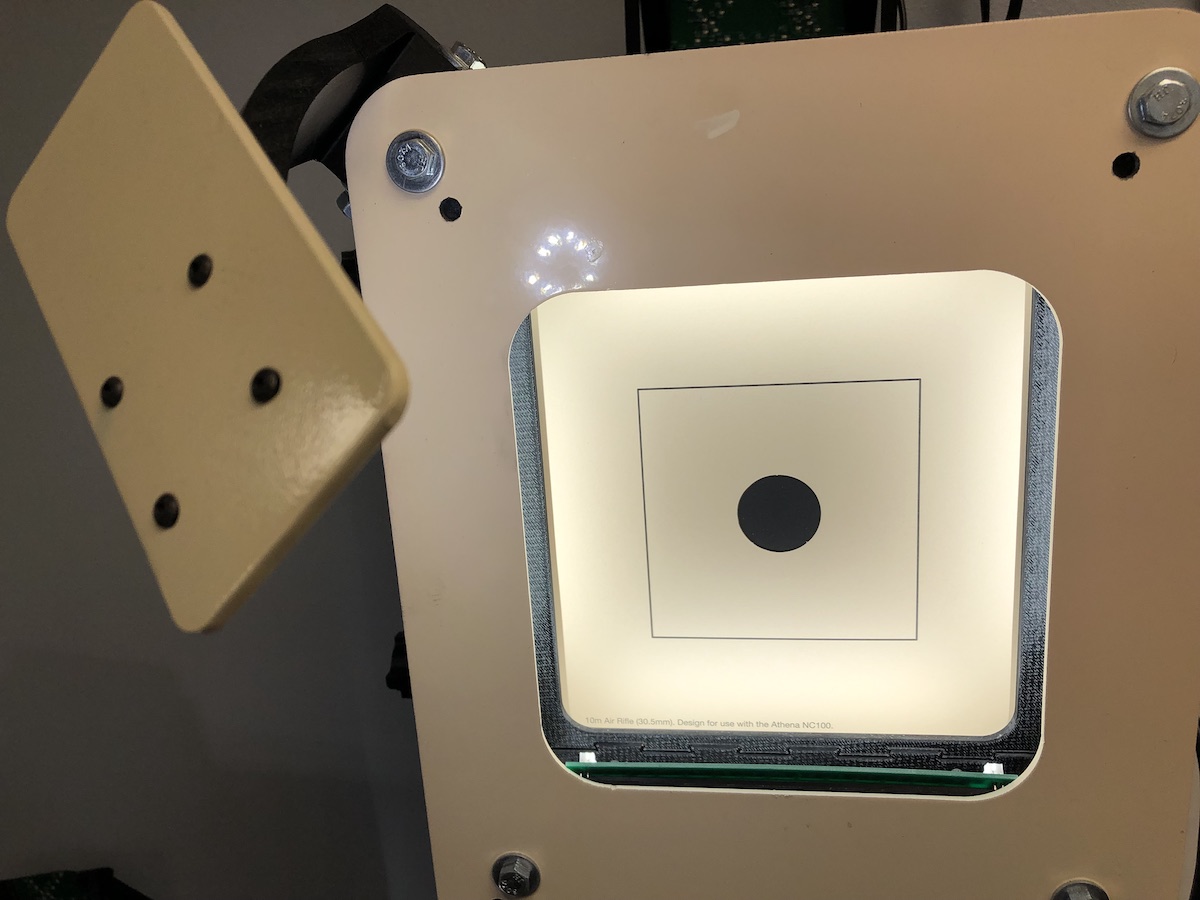
What's the Difference Between the NC100 and NC200?
One of the most common questions we get is, "what is the difference between the Athena NC100 and NC200?" Let's take a moment to explore their differences.
The Similarities
Both the NC100 and NC200 are part of Athena's family of Electronic Scoring Targets (ESTs). Both scores shots to within .1mm, both use the same internal components, and both use the same computer vision technology to score bullet holes. Most importantly, both the NC100 and NC200 are effectively the same price.
The Differences
The difference is simple. The NC100 is designed for air rifle and air pistol only. The NC200 is designed for air rifle, air pistol, and indoor smallbore rifle.
The NC100 uses a thinner external steel frame and has a built-in backstop, both of which are graded only for air gun pellets.
The NC200 has a thicker external steel frame graded for smallbore bullets. It does not have an internal backstop. Customers who purchase the NC200 will need to provide their own external backstop.
The Bottom Line
If you are an individual or club that only shoots air rifle or air pistol, purchase the NC100. Having the built-in backstop will be beneficial to you. But if you are an individual or club that also shoots indoor smallbore rifle, then you'll need to purchase the NC200.
Athena NC100 Model
Bundle Includes- NC100 Electronic Scoring Target
- DoW100 Athlete Monitor
- Backstop for Air Gun
- Red and Green Start and Stop Lights
- Your choice of mechanical lift or table stand
- Choice of aiming mask for air rifle or air pistol
- Scoring options for 10m air rifle, air pistol, or reduced high power rifle
- Dozens of informal and formal training options
- 2 paper rolls
Athena NC200 Model
Bundle Includes- NC200 Electronic Scoring Target
- DoW100 Athlete Monitor
- Backstop not installed
- Red and Green Start and Stop Lights
- Mechanical 3PAR target lift
- Choice of aiming mask for air rifle, air pistol, or smallbore rifle
- Scoring options for 10m air rifle, air pistol, reduced high power rifle, or 50ft smallbore rifle
- Dozens of informal and formal training options
- 2 Paper Rolls





